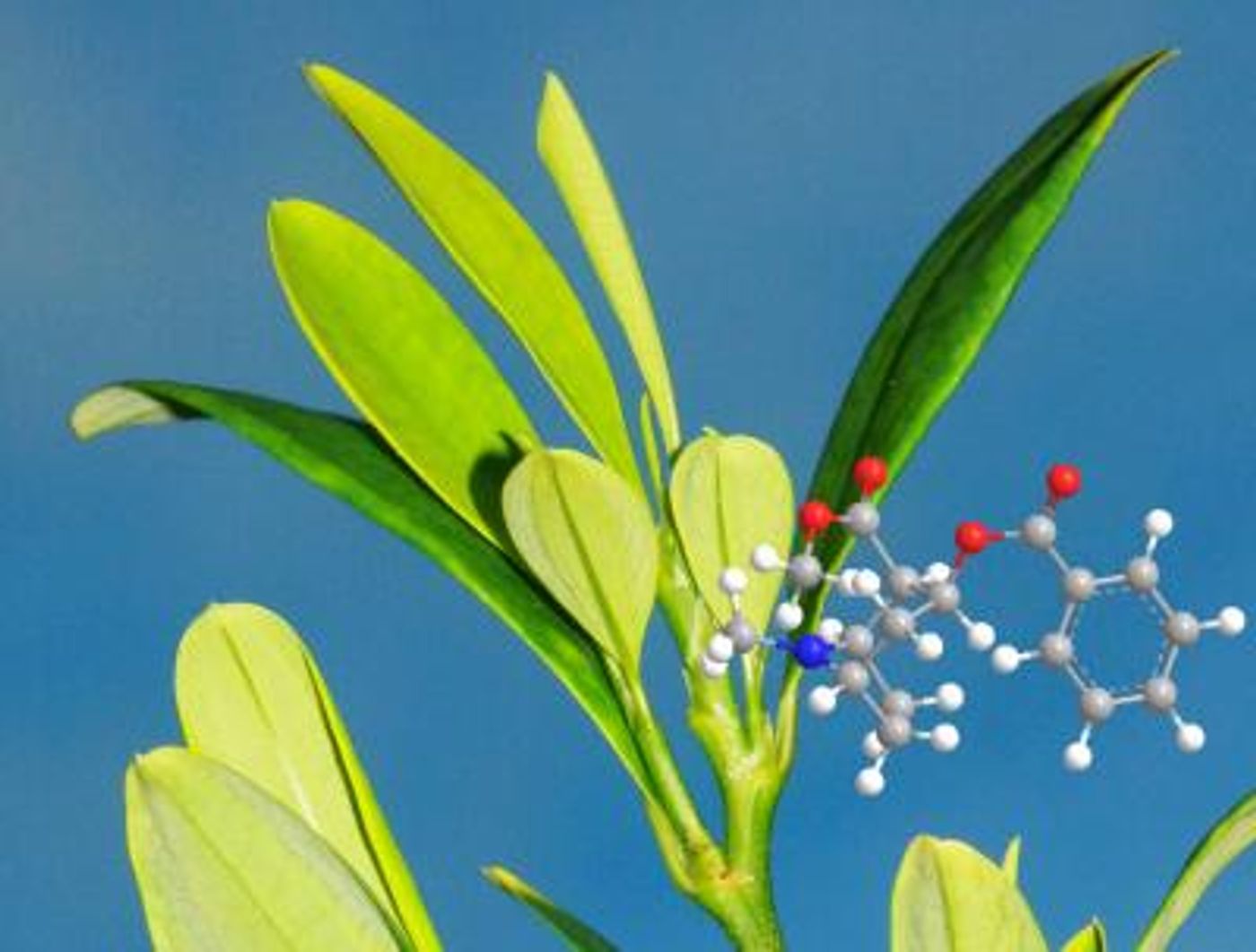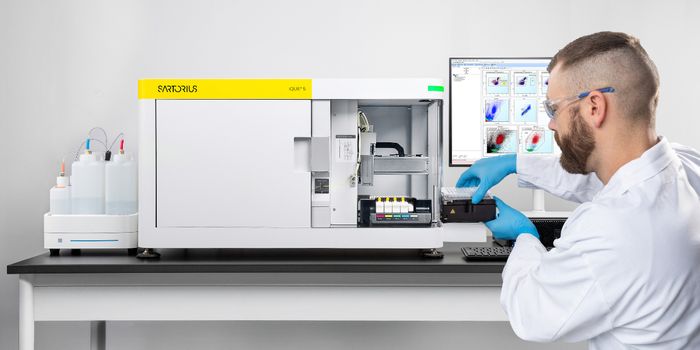Learning More About Addiction Relapse
Researchers studying cocaine addiction have managed to significantly reduce relapse rates in a preclinical model. To do so, a molecule called BDNF was delivered directly to a part of the brain that has a critical role in reward-seeking behavior, the nucleus accumbens, just before a rat model sought out cocaine. The findings have been reported by Medical University of South Carolina (MUSC) researchers in Addiction Biology.
"We discovered that a very common protein in the brain has an additional significant role in addiction relapse," said the lead author Ana-Clara Bobadilla, a postdoctoral scholar in the Kalivas lab at MUSC.
The nucleus accumbens is a small area where signals from various parts of the brain integrate and drive behaviors that fulfill reward-seeking needs. In a first, BDNF has been shown to have a beneficial role in reducing relapse when used at the right time.
In an addiction model of rats, first they learn to self-administer cocaine after an auditory stimulus, then after a period of that behavior, they no longer hear the stimulus and cannot get to the cocaine. Then, the stimulus returns, and then the rats go for the cocaine again. This is meant to model situations such as when an addict in recovery visits a neighborhood where they bought drugs.
These models help scientists understand the proteins that are at work in the brain during these behaviors, and how they might be modulated to impede powerful addictions. BDNF has many critical roles in the brain, impacting memory, development and other functions. Lower than normal levels of BDNF have been observed in addicts, and the researchers wanted to know how it worked if it's used at the point of relapse, a new line of inquiry.
"An important aspect of this study is that while others have shown that BDNF is important for establishing the state of addiction, we find that can also be used to reverse addiction," noted Peter Kalivas, Ph.D., professor and chair in the Department of Neuroscience. "This exemplifies that the primary effect of BDNF is to promote changes in the brain and that this capacity to change the brain contributes to how people get addicted, but also can be harnessed to remove brain pathologies such as drug addiction."
"The most exciting realization is that this protein has a very fine-tuned effect and can be timing dependent," said Bobadilla. The location and timing of administration alter the impact of BDNF.
The role of BDNF in the nucleus accumbent can now be investigated to determine how the molecule reduces relapse, and whether it is effective in reducing relapse in other drug addiction models. The MUSC team has already found that it did not effectively work to impede food-seeking impulses, which use the same reward circuits in the brain. The effect of BDNF therefore, appears to be specific to drug abuse.
While this work fills in more of the gaps in our understanding of addiction, the Kalivas lab plans to continue the line of research. They are interested in how BDNF works on the various neurons within the nucleus accumbens and the influence of BDNF on them during relapse.
"What we are doing with these studies is mapping the brain. There are plenty of uncharted territories in our understanding of neurobiology and with this work, we provided results to fill in one of those unknown questions,” said Bobadilla. With a complete map of the brain, she said, it may be possible to cure addiction.
Learn more about the connection between the changes experienced by neurons in the brain and addiction from the video above, featuring Kalivas.
Sources: AAAS/Eurekalert! Via MUSC, Addiction Biology









